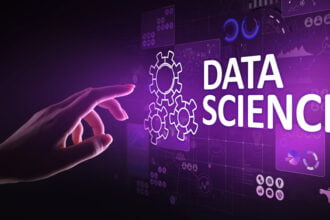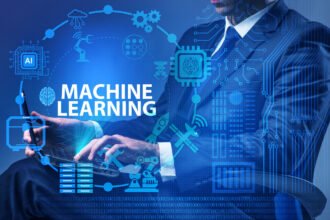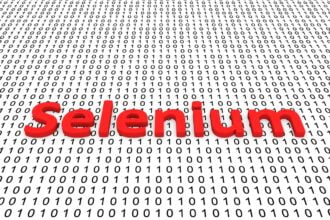Task management applications are changing the way we manage teams. Here are some of the primary benefits of these task management applications:
- Task management tools improve team productivity
- Task management tools make sure that teams operate more efficiently
- Task management tools minimize worker stress
- Task management tools help with monitoring trends
Machine learning is playing a very important role in improving the functionality of task management applications. In January, Towards Data Science published an article on this very topic.
?In the data-driven future of project management, project managers will be augmented by artificial intelligence that can highlight project risks, determine the optimal allocation of resources and automate project management tasks…Only a few years ago, it would have required a huge corpus of text and a significant amount of compute power to train a custom project management language model. However, recent advances in applying transfer learning to NLP allows us to train a custom language model in a matter of minutes on a modest GPU, using relatively small datasets,? writes author Euan Wielewski.
Project managers should be aware of the changes that machine learning has brought to task management applications. They will be able to take better advantage of the functionality if they have a deeper understanding of the data science behind it.
Appreciating the Machine Learning Technology Behind Modern Task Management Software
For centuries before the existence of computers, humans have imagined intelligent machines that were capable of making decisions autonomously. At the early era of Artificial Intelligence, programmers tried to teach machines from the definition of logical rules that the machine itself could extend during the execution of the program. However, the complexity of programming rules with a large number of combinations of input data or extremely complex situations made it extremely difficult to advance this technology.
Machine Learning, on the other hand, is a branch of artificial intelligence whose objective is to develop techniques that allow computers to generalize behaviors and detect patterns from data received. The main idea is to teach computers what a person does in a natural way. To accomplish this task, they try that computers learn to make decisions without the need to have been expressly programmed, that is to say, that they learn from experience.
Task management tools are intended to replicate the behavior of human users. This makes it easier for them to optimize their functionality for the end user. Arthur Samuel defined it as a field of study that gives computers the ability to learn without the need to be explicitly programmed. Deputy is one of the task management software applications that relies on machine learning, as they cite multiple times on their website.
Machine Learning Methodologies that Task Management Platforms Can Use
Although there are many types of learning, Michalski defined the two most common types of learning:
- Supervised Learning
- Unsupervised Learning
Both of these types of learning are used by machine learning algorithms in modern task management applications. Since supervised learning is the basis for many task management applications, we will emphasize it for the purpose of this article. We can cover another article that focuses on unsupervised learning in these applications in the future. Here is an overview of the supervised learning algorithms that are frequently employed by task management tools.
Supervised Learning
Supervised learning relies on a data set with known results (training set). This data set establishes a pattern that can make predictions, In other words, based on the examples of the training set in which each example is labeled with the corresponding answer, the data scientist parameterizes an algorithm that finds the patterns that determine the result based on the entries. In this way, once the algorithm is correctly parameterized, for new entries a class or result can be assigned automatically.
Finally, in order to validate the model, a different set of test data is used other than the training set for which the results are also known. In this way, the degree of “success” of the algorithm can be known. This degree of success is measured in the form of accuracy and sensitivity.
To teach the computer, the most commonly used algorithms are:
- Decision Trees
- Naïve Bayes classification.
- Regression by least squares.
- Logistic Regression.
- Support Vector Machines (SVM).
- Methods “Ensemble” (Sets of classifiers).
For example, emails that are received are classified as spam or not. A growing number of task management tools are using a combination of these algorithms to offer the best functionality for their users.
Final Thoughts
These are all important things to consider as you discover the machine learning foundations of task management software. Happy learning!










